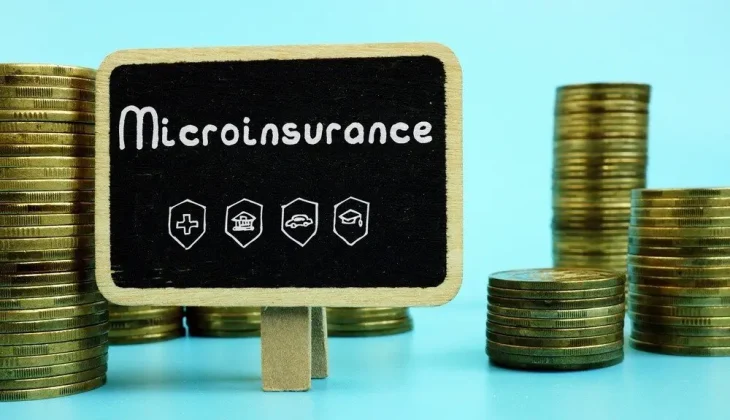Timely and efficient claim settlement are critical components of building trust with policyholders and forging long-term loyalty among them. Furthermore, optimizing workflows and automating manual tasks are proven ways of increasing adjuster productivity while decreasing costs and mitigating errors.
Microinsurance policies based on parametric triggers often offer benefits at reduced transaction costs and with reduced risk, making microinsurance products easier for managers than traditional policies.
Policyholders’ Expectations
While most microinsurance policyholders will never directly experience financial recovery from a claim, they often feel relieved to know their claims can be settled quickly and with minimal burden. This is especially true of parametric microinsurance which pays out an amount based on observable parameters rather than actual loss – this allows insurers to offer lower limit policies at more affordable prices to lower income populations.
Microinsurance enables people to reduce risk exposure and better their livelihoods, thus alleviating poverty. For example, crop insurance allows farmers to take more risky but higher-return crops that may produce greater harvests.
Many microinsurance schemes rely on community-based enterprises (CBEs). CBEs are non-profit entities such as farmer cooperatives or credit unions that serve to educate clients about insurance products while helping file claims and resolve disputes more quickly and efficiently. Furthermore, their partnership streamlines payments, thus decreasing transaction fees and shortening settlement times for claims.
Effective Communication
Promoting demand requires arming consumers with information on the risks they face and available coverage options, whether through community outreach programs, USSD codes or mobile apps.
Insurers can utilize various new channels to deliver microinsurance products. For instance, MNO platforms offer insurance over airtime and mobile money while online messaging services which act as money transfer services can facilitate premium collection and claims payments are increasingly being adopted in certain markets.
Microinsurance faces the daunting challenge of not only meeting profitability thresholds, but creating sustainable businesses with long-term potential. To do so, product design, marketing and distribution need to take a more long-term view – this often means accepting basis risk through parametric triggers that pay out according to known and observable parameters rather than individual policyholder experience. As a result, processing times can decrease significantly and underwriting costs could drop significantly.
Clear Communication Channels
Microinsurers with long-term impact in microinsurance need a long-term vision and take an unconventional approach to business as usual. Their focus should be delivering real value to low-income customers and they shouldn’t fear taking risks or learning from mistakes; their strategies need to adapt.
Distribution of microinsurance products can be difficult as it involves reaching clients with limited access to insurance markets. Successful strategies often include using trusted channels with large client bases which offer scale and lower acquisition costs – typically credit unions or microfinance institutions chosen for their understanding of socio-economic realities in communities as well as their capacity to educate clients about insurance products while helping resolve disputes between policyholders and insurance providers.
Retail chains or mobile network operators may also provide access to larger numbers of clients while also helping with aggregation through existing transaction platforms, but these channels typically lack the deep customer relationships and personal interaction needed for effective microinsurance enrollment and retention. Incentivising with profit sharing or skin in the game might help – perhaps by offering incentives in return.
Effective Documentation
Microinsurance products pose several unique challenges. First and foremost is their nontraditional definition of risk and loss that differs significantly from traditional policies.
Parametric products, which rely on indicators like rainfall or crop yield to trigger fixed payouts, may also be simpler to design; however, clients may find it hard to accept that the payout does not accurately represent their loss.
Education and convincing low-income customers of the benefits and value of insurance remains a primary challenge for the industry, but can be made simpler through working with non-government organizations (NGOs) and local self-help groups that already possess relationships, communication channels and trust within communities served. Mutual investments must also be made between insurers and clients in order to make microinsurance viable; rewarding this investment through its life-changing potential will pay dividends later.
